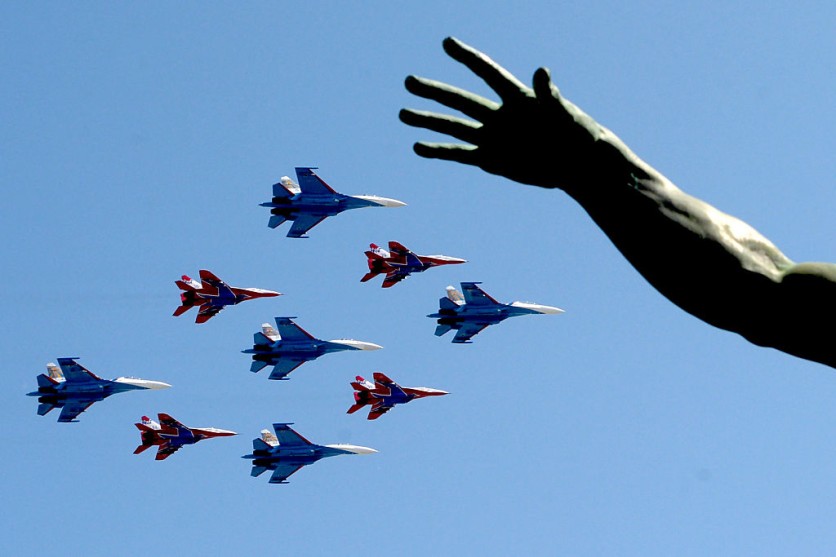The story behind the original MiG Soviet fighter plane is fascinating and traces back to the early years of the Cold War and the Soviet Union's quest for military superiority in the skies.
The MiG, which stands for Mikoyan and Gurevich, was a series of fighter aircraft developed by the Soviet Union during the 1940s and 1950s.

Designing the MiG Soviet Fighter Plane
The story begins with the design bureau established by Artem Ivanovich Mikoyan and Mikhail Iosifovich Gurevich in the early 1930s. These two talented engineers would go on to create some of the most iconic and successful aircraft in Soviet aviation history.
The first significant milestone in developing the MiG fighter planes came with the MiG-1, which was introduced in 1940.
It was a high-altitude interceptor designed to counter German aircraft during World War II. However, the MiG-1 faced several challenges and was not as successful as initially hoped.
This setback led to the subsequent development of the improved MiG-3, which saw some service during the war.
However, it was the post-war period that truly saw the rise of MiG as a prominent fighter aircraft manufacturer. One of their most famous and influential creations was the MiG-15.
Introduced in the early 1950s, the MiG-15 was a jet-powered fighter that took the world by surprise. It became renowned for its exceptional performance and played a crucial role in conflicts such as the Korean War.
Read Also : The Soviet Union's Atomic Mobile Mortar '2B1 Oka' is in Response to the US' 'Atomic Annie'
"Fishbed"
The MiG-15's success led to further advancements in the MiG series, with subsequent models like the MiG-17 and MiG-21 becoming key players in the Soviet Union's air force as well as in the air forces of various other countries around the world.
The MiG-21, in particular, became one of the most widely produced and exported fighter planes in history, earning the nickname "Fishbed" by NATO forces.
The MiG series of aircraft were known for their speed, maneuverability, and versatility. They showcased the Soviet Union's engineering prowess and became symbols of Soviet military might during the Cold War.
These aircraft were involved in numerous conflicts and played a significant role in shaping air combat strategies and technologies.
Over the years, the MiG series continued to evolve, with new models incorporating advancements in aerodynamics, avionics, and weapon systems.
The MiG-29 and MiG-31 are notable examples of later variants that saw service well into the late 20th and early 21st centuries.
The story of the original MiG Soviet fighter plane is one of ingenuity, technological advancements, and military significance. It represents the Soviet Union's determination to develop cutting-edge aircraft and maintain its position as a formidable force in aerial warfare.
Related Article : 'Deepest Shipwreck Discovery': Explorers Find WW2 Navy Destroyer Below the Pacific





